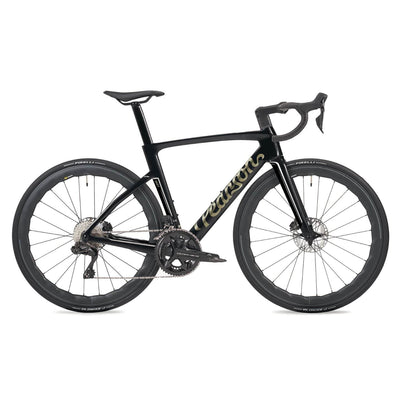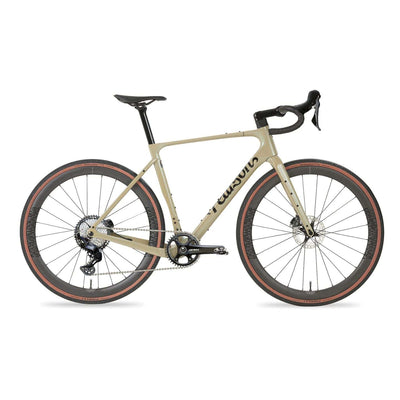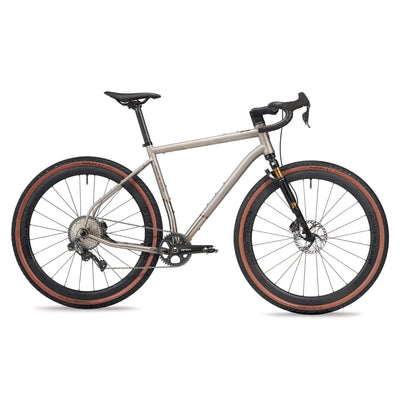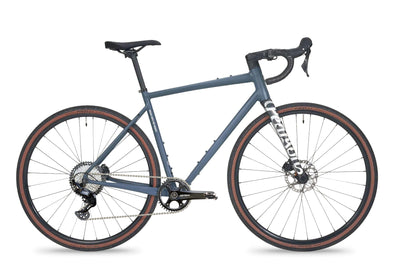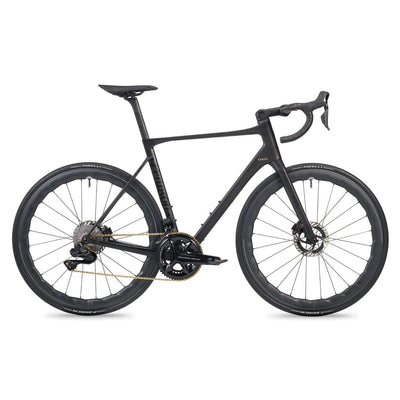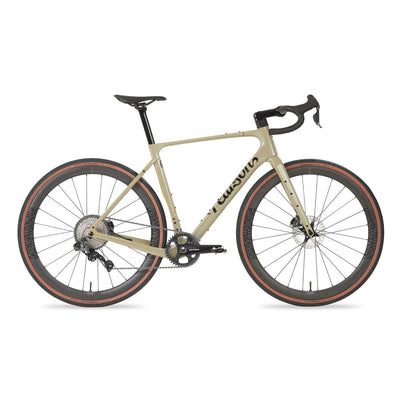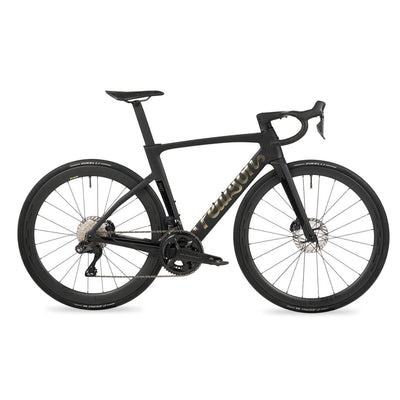Shimano vs Look pedals: What’s the difference?
For most riders, the choice of road pedals is typically between two major brands, Shimano and Look. Here’s a rundown of the ranges and what each has to offer.

First a bit of history
Look was actually the originator of the “clipless” pedal for road bikes, porting the concept from its ski bindings. Clipless is a bit of a misnomer, but comes from the replacement of the toeclips and straps which were used previously. Bernard Hinault won the 1984 Tour de France with the original Look PP65 pedal and that pedal’s shape, with the sprung release mechanism at the rear isn’t that different to a modern Look or Shimano clipless road pedal.
Meanwhile, Shimano developed its own clipless road pedal system. It didn’t hold the shoe as securely as Look’s and in the 1990s Lance Armstrong persuaded Shimano to licence Look’s patented tech and the Shimano SPD-SL road bike pedal system was born.
In 2004 Look redesigned its pedals, launching the Keo range with a narrower cleat interface while Shimano stayed with the old, wider cleat system, which is why Look’s modern pedals are a bit narrower than Shimano’s.

Shimano and Look road pedal ranges
Both Look and Shimano offer pedals at a range of spec levels. The cheapest Shimano SPD-SL pedal is the R550 with a composite body and available in black or grey. It’s designed with a wide range of spring tension adjustment to make clipping in and out easier for the novice.
Look matches the R550’s composite body with its Keo Classic 3 pedals, although it ups the ante by offering three colour choices, It too offers lower, adjustable release tension to make clipping in and out easier. Look quotes a weight of 280g a pair as against the R550’s claimed 310g. Look has another composite body pedal in its range, the Keo 2 Max with a claimed 260g a pair weight. The Max pedals have a larger contact surface area than the Classic 3, which Look says improves power transfer, although both pedals fit the same cleats.
Move up the pedal range and both brands switch to carbon pedal bodies. The Shimano 105 pedals offer quite a significant weight drop from R550 at a claimed 265g a set. That’s pretty close to the equivalent Look Keo 2 Max Carbon’s 250g claimed weight.

Look’s carbon spring tech
Move further up Shimano’s pedal range and Ultegra pedals offer a very similar design to 105, just a little lighter and with a body that’s a little more finished. This is where it gets interesting in Look’s range as the equivalent pedal is the Keo Blade Carbon. Instead of using a coil spring, like Look’s lower priced pedals and all the Shimano range, the Blade pedals have a carbon leaf spring to work the closure mechanism.
This has pros and cons. It results in a markedly smaller pedal body with a smoother underside, although the cleat contact area actually increases, and the Keo Blade Carbon is lighter than Shimano Ultegra too at 230g versus 248g.
On the negative side, unlike the coil springs in Shimano’s pedals and Look’s cheaper models the blade springs come in fixed release tensions. The blade is prone to creaking if it gets dirt in it too. The Keo Blade Carbon comes fitted with an 8Nm blade and there’s a 12Nm blade in the box if you want more tension.
The acme of the Shimano pedal range, the Dura-Ace pedals drop the weight to 228g a pair. Stack height is also dropped to 14.6mm from the Ultegra pedal’s 16.5mm. Look claims a stack height of 14.8mm for its Blade pedals, versus 17.3mm for the Keo 2 Max pedals.
Lower stack height helps improve pedalling efficiency, but as you can see there’s virtually nothing to choose between the brands here.
If you’re after a top flight pedal, Look goes one-up on Shimano though, or rather two-up as it offers both the Keo Blade Carbon Ceramic with a steel axle and the Keo Blade Carbon Ceramic Ti with a titanium axle, which neatly straddle the price of Dura-Ace pedals. The standard Ceramic pedals weigh 220g and the titanium axle version 190g a pair. Both these pedals come with a 16Nm blade fitted and a 12Nm blade in the box. There’s the option to fit a 20Nm blade to all Look’s pedals.
For the weight weenies, the Xpro 15 pedals from Time (now owned by SRAM) still undercut even Look’s titanium pedals with a quoted weight of 174g a pair. They do come out at around £400 a pop though.

Cleat options
Having exhausted the pedal tech, it’s time to look at the other half of the equation: the cleats. They’re important as they’re one of the main sources of adjustability in the pedal systems.
Both systems offer multiple float options. In Shimano’s case, the standard yellow cleats provide 6 degrees of float. You can swap out for the zero float red cleats, while the blue cleats come in between, with 2 degrees of float that’s centred on the cleat’s front engagement point.
Look’s cleats give you an option with more float: its standard grey cleats offer 4.5 degrees, but you can buy red cleats for 9 degrees as well as zero float black cleats. They’re slightly easier to replace than Shimano cleats when they wear out, thanks to the “Memory Clip”, a separate plastic piece on the sole side of the cleat that you screw into the central slot present in most road shoes. When your cleats wear out, you can remove them while keeping the Memory Clip in place and just slot your new cleats onto the clip, so that they’re in the same position as the old cleats. It avoids the need to draw around your cleat’s outline to make sure that your new Shimano cleats are in the same position as those you are replacing.
Look’s cleats had a reputation for rapid wear, but that’s been addressed with the harder inserts in newer cleats. I get similar usage to a pair of Shimano’s cleats; in both cases wear tends to be concentrated on the front engagement point. You can extend the life of both Look and Shimano cleats by fitting a set of covers over them for the coffee stop, although they’re a bit of a faff to fit and remove. If you do a lot of walking in your cycling shoes, a set of MTB-style two bolt pedals, cleats and shoes might be a better bet.
With their narrower profile, I reckon that Look’s cleats look better on fancy road shoes than Shimano’s, the sides of which tend to protrude to either side of the sole, particularly on smaller shoe sizes. Shimano emphasises the stability provided by the wide engagement area between the cleat and the pedal at their rear. It’s a potential advantage of its system, although with a stiff soled shoe, there’s probably only a marginal increase in foot stability over Look.

Adjustability
If you need a wider stance width, Shimano might be a better option than Look pedals. As our in-house bike fitter Nas points out, stance width or Q-Factor is the same whether you’re 1.5m tall or 2m. You can alter that a little by adjusting the side-to-side position of the cleats on the sole; Look quotes 4mm of adjustability. Beyond that it provides 2mm spacer washers that can be mounted on the pedal spindle to move the pedal outward.
In contrast, Shimano Ultegra and Dura-Ace pedals are available with 4mm longer axles, so there’s a little more lateral spacing possible. Both systems offer less adjustability than Speedplay pedals though, which is why it’s the system often recommended by bike fitters to address specific fit issues.

Power meter options
One reason you might choose the Look pedal system over Shimano is if you want to run a pedal power meter. There are still a lot more options that use Look cleats than Shimano, including Favero Assioma and Look’s own Exakt developed in partnership with power meter experts SRM.
Garmin too has a Look interface for its power meter pedals, although for the first time with the latest Rally power meter it also offers a Shimano cleat option. You can set up the Favero power meter to work with Shimano cleats, although that means buying the spindle from Favero and fitting your own Shimano pedal body.
There’s also now a Speedplay-compatible power meter available with the recent launch of the Wahoo Powrlink Zero pedals.
The verdict
So in summary, there’s not a lot to choose between Look and Shimano pedal systems. They both have slight pros and cons and you can expect good durability from both with little maintenance. Although the top end pedals are pricey and merit looking after, you can essentially treat lower priced pedals as fit-and-forget - they’re not a lot more expensive than a cassette and chain to replace and will last longer than those components too. Home maintenance is easy enough for both pedal systems, if you’re so inclined.
I do think that the Look pedals and cleats have a neater appearance than Shimano’s though, particularly if you opt for the pricier blade tech. Forty years after the original Look pedal, they’re still a popular choice among the pros - at least the ones who aren’t contractually bound to use Shimano pedals.
Read Dura Ace vs Ultegra Di2 12spd - what's the difference?


